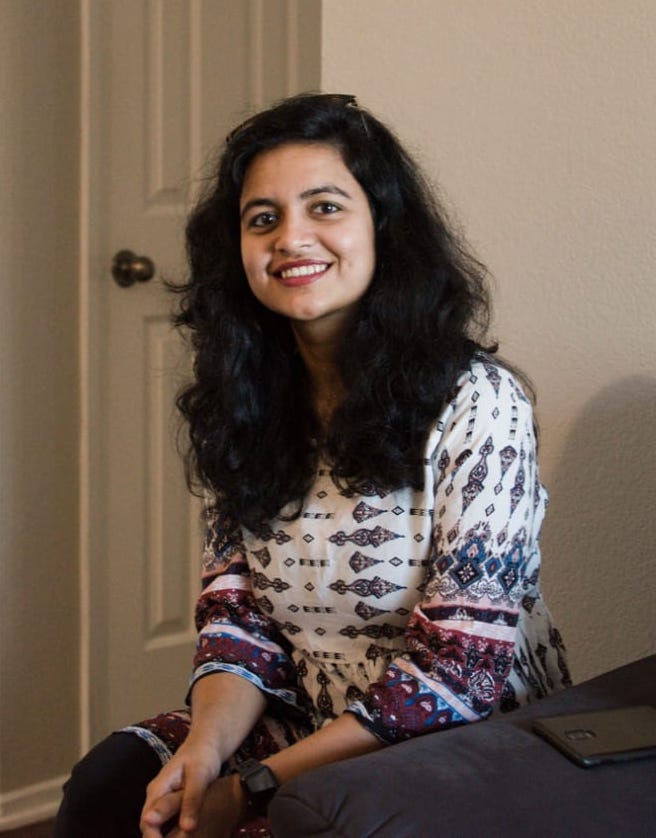About Dr Shreevastava

I am currently an Assistant Professor at NYU with a joint appointment in the Department of Mechanical and Aerospace Engineering (MAE) and the Center for Urban Science and Progress (CUSP). I was previously a postdoctoral researcher at Caltech and Jet Propulsion Laboratory. My research focuses on the complex interplay between cities and extreme weather, with a particular emphasis on the emergence and impacts of extreme heat in urban environments worldwide. I use various tools and techniques from numerical weather modeling and remote sensing to find equitable solutions to climate and environmental injustice within cities.
During my PhD from Purdue University, I pioneered the concept of “fractal intra-urban heat islets”, characterizing the spatial heterogeneity of urban heat islands. I demonstrated that these heat islets exhibit a common fractal structure across diverse cities, laying the groundwork for globally adaptive models of heat emergence. My postdoctoral work at NASA Jet Propulsion Laboratory (JPL) and Caltech advanced thermal remote sensing and urban microclimate monitoring, contributing to innovative sensing technologies and deepening the understanding of how extreme heat disproportionately affects the urban poor and historically marginalized communities in Los Angeles. Committed to translating research into practical climate adaptation solutions, I have also served as a science ambassador and member of applied science teams at NASA JPL, actively collaborating with private and public institutions in California to develop cooling solutions for urban neighborhoods.
I come from India, where I’ve spent most of my life in Ranchi—my hometown, now famous as Dhoni’s hometown—and in Roorkee, where I earned my undergraduate degree in Civil Engineering from IIT Roorkee. Beyond science, I have a passion for music and maps. Through my work, I’ve discovered my love for viewing the Earth through satellite imagery. I’ve spent countless hours on Google Earth and during flights, marveling at both the natural and engineered beauty of our planet. By now, the neural networks in my brain can recognize most cities from just a fragment of their road networks, coastlines, river bends, night light patterns, or even raw Landsat images.
Research Philosophy
My research philosophy is grounded in viewing extreme weather and urban socio-physical systems as two interconnected, dynamic systems that interact across multiple spatiotemporal scales. Cities, for instance, are composed of spatially heterogeneous forms—buildings, road networks, and infrastructure that evolve over decades—and functions such as mobility, energy consumption, and anthropogenic emissions that fluctuate daily. Similarly, extreme weather and climate events emerge from nonlinear interactions between land, atmosphere, and ocean systems, driven by multi-scale feedback mechanisms.
A key outcome of the interplay between these two complex systems is the Urban Heat Island effect, a phenomenon I focused on during my PhD. UHIs result from the excess heat generated within cities due to their unique structure and functions. On a broader scale, heatwaves not only damage ecosystems—affecting forests, croplands, water resources, and the eco-hydro-climatic balance—but also exacerbate urban stress by depleting natural resources and forcing climate-driven migration to cities, creating long-term challenges.
The path to building climate-resilient cities lies in deepening our understanding of the intricate interdependencies and feedbacks between urban areas and their microclimates. To this end, my research leverages techniques from complexity science, data science, numerical weather modeling, and remote sensing to unravel these interactions and inform urban adaptation strategies.

